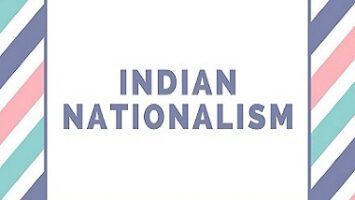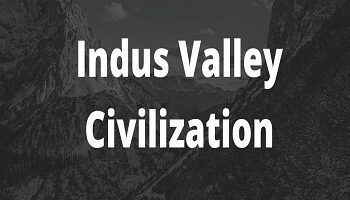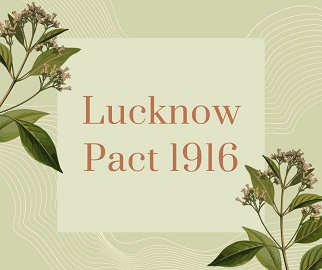Table of Contents
Sangam Age Important Facts:
- The land South of Krishna River was divided into three kingdoms – Cheras, Cholas & Pandyas.
- There was continuous warfare between the three.
Sangam Age Kingdom:
Cheras:
- Emblem – Bow & Arrow.
- Capital – Vanji or Karur (modern Kerala).
- Port – Muzris (most famous), Tondi, Bandar.
- The cheras dynasty was known as “Keralaputras” in the Ashoka’s inscription.
- Senguttavan, the ‘Red Chera‘ or ‘Good Chera‘ was the greatest chera king according to the Chera poets.
- He started the ‘Pattini Cult‘, which is the worship of Kannagi & built a temple for her, the Goddess of Chastity.
- Silapadikaram, authored by his brother Ilango Adigal, describe his heroics.
- Under Kudakko Inlanjeral Iranporai (210 A.D.), Chera kingdom was captured by Pandyas.
Pandyas:
- Emblem – Fish or Carp.
- Capital – Madurai.
- Port – Korkai, Saliyur.
- They were first mentioned by Megasthenes who referred to it as being ruled by a warman.
- Nedunjhelian was the most popular king. He defeated the Cheras & Cholas in the battle of Talaiyalagnam (210 A.D.).
- According to Silapadikaram, in a fit of passion, he ordered the execution of Kovalan, the husband of Kannagi & later died broken-hearted.
Cholas:
- Emblem – Tiger or Bagh.
- Capital – Uraiyur, later Puhar.
- Port – Puhar or Kaveripattanam.
- Chola dominion was known as Tondai Mandalam or Cholamandalam.
- Uraiyur – famous for Cotton trade.
- A firmer history of Cholas begin in the 2nd century A.D. with their famous king Karikala, founding the port city of Puhar.
- He also got 160 km of embankment constructed along the Cauvery River.
- Senganan popular for his devotion to Shiva, got built 70 fine temple for Shiva.
Sangam Age Literature:
- The word Sangam is associated with South Indian history where a College or Assembly of Tamil Scholars & poets flourished under the patronage of the Pandyan kings at Madurai, between 300 B.C. & 300 A.D.
- First Sangam – in Madurai; presided by Agastya; none work is survived.
- Second Sangam – in Kaptapuram; presided by Tolkapiyar; work – Tolkappiyam (Tamil Grammar).
- Third Sangam – in Madurai; presided by Nakkirar; work – Entire Corpus of Sangam Literature.
- The whole literature is divided into- Melkannakku or 18 Major Works- Narrative ; kilkannakku or 18 Minor Works- Didactic.
- Thirukural or Kural by Tiruvalluvar is called the “Fifth Veda” or “Bible” of the Tamil Land. It contain discussions of Dharma, Artha, Kama & Moksha.
- Silapaddikaram or the Jewelled Anklet is an epic dealing with the love stories of Kovalan & Madhavi & Kannagi.
- Manimekhalai is a sequel to it, written by Sattalai Sattanar dealing with the daughter of Kovalan & Madhavi & is considered the “Odyssus of Tamil Poetry”.
- Roman king built a temple of Augustus at Muziris.
- Murugan, also called Subraimanyam or Karthikeya was the most important God of Tamils.
Tolkappiyam refers to the five-fold divisions of land-
- Kurinji – Hilly tracts – deity Murugan.
- Mullai – Pastoral – deity Mayon (Vishnu).
- Marudam – Agricultural – deity Indra (Vendan).
- Neydal – Coastal – deity Varunan.
- Palai – Desert – deity Korravai.
Sangam Age- Important Terms:
- Amaichchar – Minister ;
- Orrars – Spies ;
- Variyam – Unit of revenue yielding territory ;
- Ayakkanakkar – Toll tax collection ;
- Anthanar – Priests ;
- Thuthar – Envoys ;
- Vanigars – Trade & Commerce ;
- Vellalas – Agriculturists.
Q:- Which river is praised in the fifth century Tamil epic silappadikaram – Cauvery.



![Causes of French Revolution [1789] 4 Causes of French Revolution](https://gkscientist.com/wp-content/uploads/2021/05/Causes-of-French-Revolution.jpg)





Comments (No)